Kali: The Goddess Of Death
The illustrious pantheon of Hindu deities consists of many awe-inspiring figures; among them, Kali reigns supreme. This fierce goddess, also…

The illustrious pantheon of Hindu deities consists of many awe-inspiring figures; among them, Kali reigns supreme. This fierce goddess, also…
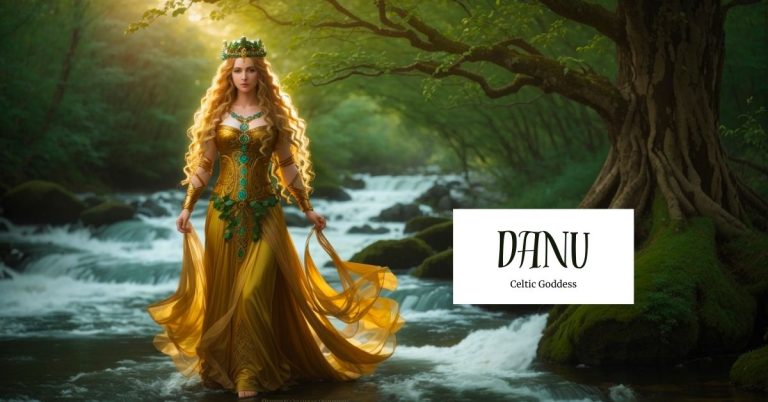
Goddess Danu stands tall as a symbol of divine femininity, wisdom, and abundance. Her presence has captivated the hearts and…
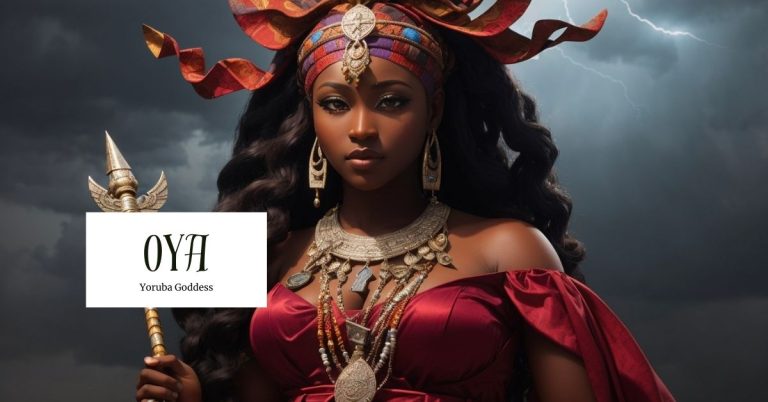
Oya, the Yoruba Rain Goddess is known for her fiery spirit and being a powerful goddess in charge of storms….
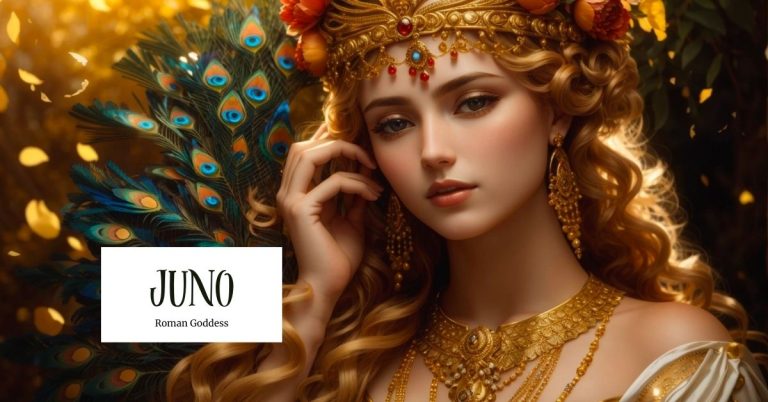
Juno, the most powerful Roman goddess, reigns as the divine embodiment of marriage, childbirth, and queenly virtues. With her unwavering…
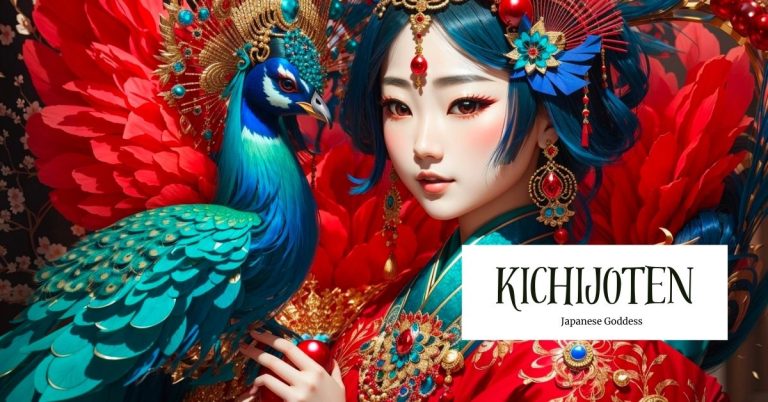
Japanese mythology features numerous deities, each possessing unique qualities and virtues. Among them is Kichijoten, the goddess of beauty, art,…
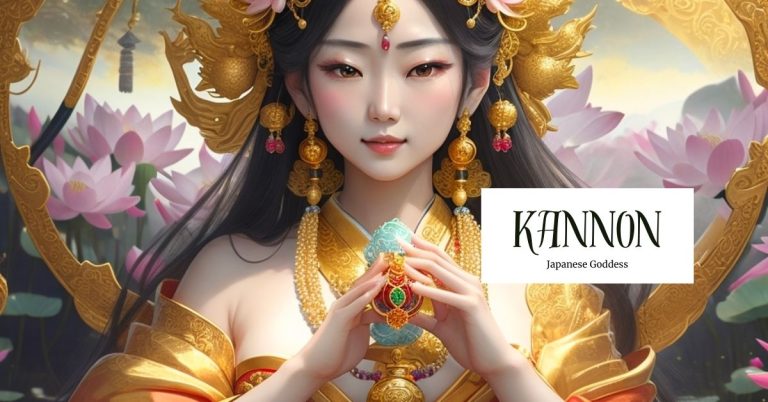
The Kannon Bodhisattva occupies an esteemed position in Japanese Buddhism, symbolizing the personification of compassion, mercy, and enlightenment. Bodhisattva refers…
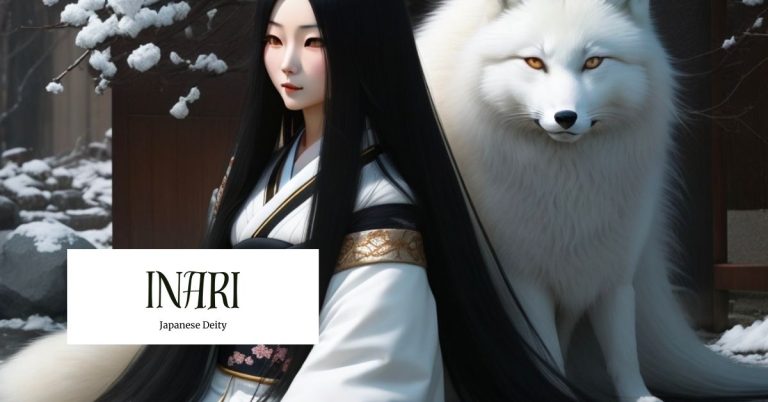
In the rich tapestry of Japanese mythology and culture, one deity stands out above all others – Inari, the divine…
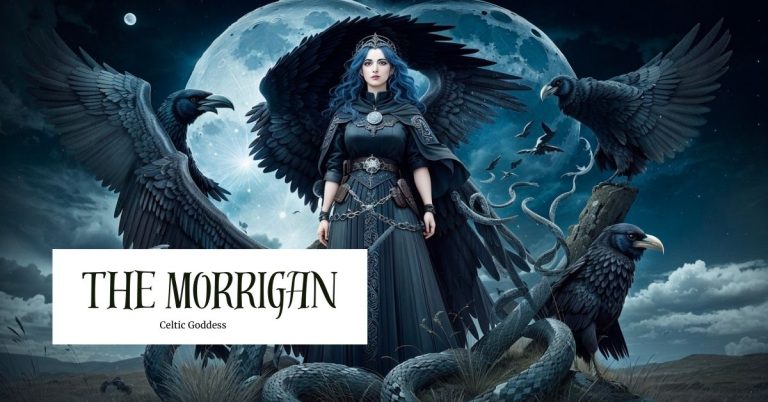
In Celtic mythology, the goddess Morrigan is depicted as a triple goddess. She exists as three distinct but interconnected Goddesses….
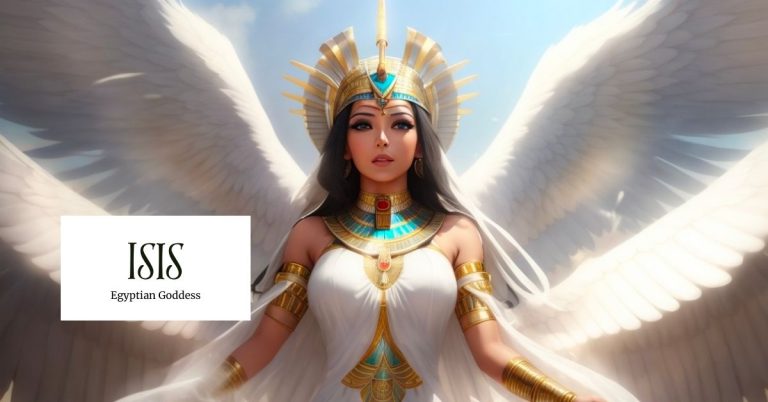
Isis is known as one of the most important goddesses in ancient Egyptian history. Known for her incredible healing and…
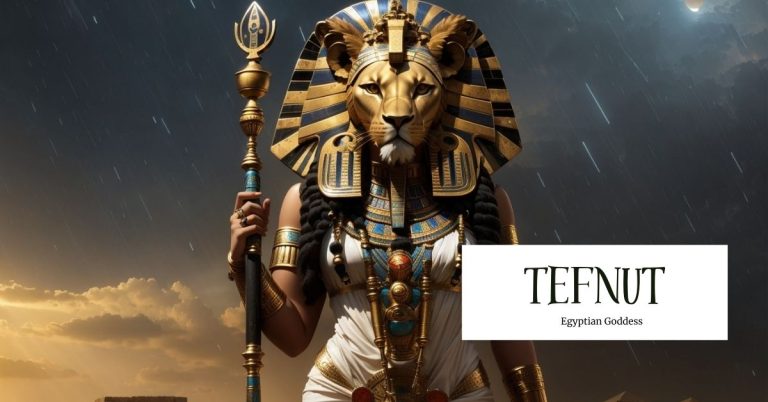
The first Egyptian goddess from Egyptian myth is Tefnut—a goddess known for her wrath and her peace. The daughter of…